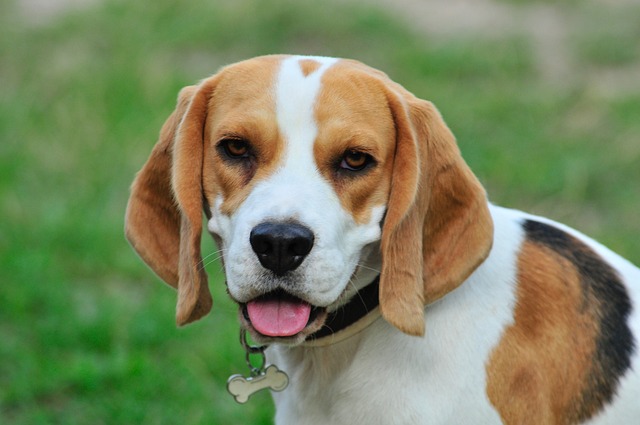
How much shedding is normal for a dog?
Dog shedding is a familiar and troublesome daily scene for many pet owners. When faced with dog hair flying around, many owners wonder: "Is it normal for my dog to shed so much hair?"
During dinner time, the aroma of the dishes fills the kitchen. You are busy stir - frying delicious food in front of the stove, and the oil in the pan is sizzling, giving off an alluring smell. At this moment, your dog wags its tail and eagerly comes to your feet, its eyes full of longing, as if to say, "Master, what's this delicious thing? I want to have a taste too." Looking at its cute and expectant appearance, you can't help but wonder: Can dogs eat oil? Will giving them a little bit affect their health? With these questions in mind, let's delve deep into this topic that is closely related to the health of our furry friends.
Dogs are our close companions in life, and their diet and health have always been the focus of our attention. We always hope to provide them with the most suitable food, enabling them to grow up healthily and accompany us through long and wonderful times. Oil, as an indispensable ingredient in human cooking, plays an important role in our diet. But for dogs, can they enjoy the deliciousness brought by oil just like we do? This is not a simple question and requires us to analyze it from multiple perspectives.
From the perspective of nutritional components, oil is rich in fatty acids, which play a crucial role in maintaining the health of dogs. For example, Omega - 3 and Omega - 6 fatty acids are essential fatty acids that dogs' bodies cannot synthesize on their own. They are vital for the healthy skin, shiny coat, and normal functioning of the immune system of dogs. An appropriate amount of Omega - 3 fatty acids can reduce skin inflammation in dogs, making their fur smoother and more lustrous. Omega - 6 fatty acids, on the other hand, help maintain the skin's barrier function, prevent water loss, and are also involved in the metabolic processes of dogs' bodies. Therefore, from this perspective, adding an appropriate amount of oil rich in these fatty acids to a dog's diet is beneficial to their health.
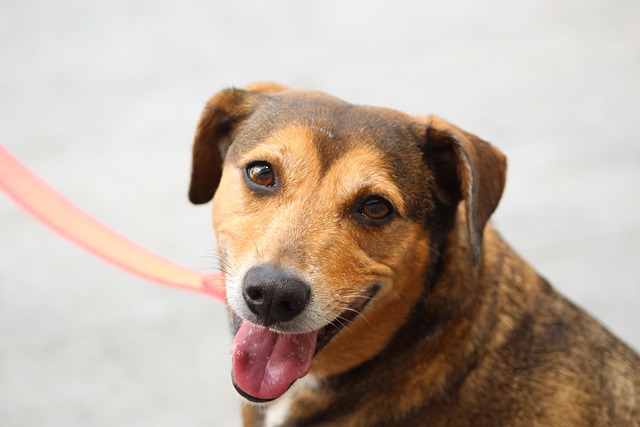 However, this does not mean that all oils are suitable for dogs to eat, nor can we feed dogs oil without restraint. Different types of oils have different nutritional components and contents. For instance, olive oil is rich in monounsaturated fatty acids, which is beneficial to a dog's cardiovascular health. Appropriate consumption can reduce the risk of cardiovascular diseases in dogs. Fish oil is an excellent source of Omega - 3 fatty acids and can help improve a dog's joint health and reduce allergic reactions to some extent. However, some highly processed oils, such as hydrogenated oils containing a large amount of trans - fatty acids, are harmful to a dog's health. Trans - fatty acids can increase the cholesterol content in dogs, leading to health problems such as obesity and cardiovascular diseases.
However, this does not mean that all oils are suitable for dogs to eat, nor can we feed dogs oil without restraint. Different types of oils have different nutritional components and contents. For instance, olive oil is rich in monounsaturated fatty acids, which is beneficial to a dog's cardiovascular health. Appropriate consumption can reduce the risk of cardiovascular diseases in dogs. Fish oil is an excellent source of Omega - 3 fatty acids and can help improve a dog's joint health and reduce allergic reactions to some extent. However, some highly processed oils, such as hydrogenated oils containing a large amount of trans - fatty acids, are harmful to a dog's health. Trans - fatty acids can increase the cholesterol content in dogs, leading to health problems such as obesity and cardiovascular diseases.
When giving dogs oil, we also need to pay attention to controlling the dosage. A dog's body has limited ability to digest and metabolize oil. If over - fed, it is very likely to cause problems such as indigestion and diarrhea. Generally speaking, the daily oil intake of small - breed dogs should not exceed 1 - 2 milliliters, that of medium - breed dogs can be controlled at 2 - 3 milliliters, and that of large - breed dogs is about 3 - 5 milliliters. The specific dosage also needs to be adjusted appropriately according to factors such as the dog's age, weight, health condition, and daily diet. For example, for younger puppies, since their digestive systems are not yet fully developed and their ability to digest oil is weak, we need to be more cautious when adding oil. For some dogs with diseases such as pancreatitis, the intake of oil needs to be strictly restricted to avoid aggravating the condition.
In real life, we can incorporate an appropriate amount of oil into a dog's diet in some ways. For example, when making homemade dog food, we can add a small spoonful of olive oil or fish oil to the food, stir well, and then feed it. We can also drip the oil onto the dog's dry food so that they can ingest an appropriate amount of oil while eating. However, it should be noted that during the process of adding oil, the amount should be gradually increased to allow the dog's stomach and intestines to adapt, and avoid adding a large amount suddenly, which may cause gastrointestinal discomfort.
Dogs can eat oil, but we need to choose the type of oil carefully and control the dosage strictly. During the process of taking care of a dog's diet, we should always pay attention to their health conditions and use scientific methods to provide them with a nutritionally balanced diet. Because the health of our dogs is our greatest happiness. Let's use our full love and professional knowledge to safeguard the health of dogs, allowing them to accompany us happily and care - free, and spend every wonderful day together.

Dog shedding is a familiar and troublesome daily scene for many pet owners. When faced with dog hair flying around, many owners wonder: "Is it normal for my dog to shed so much hair?"
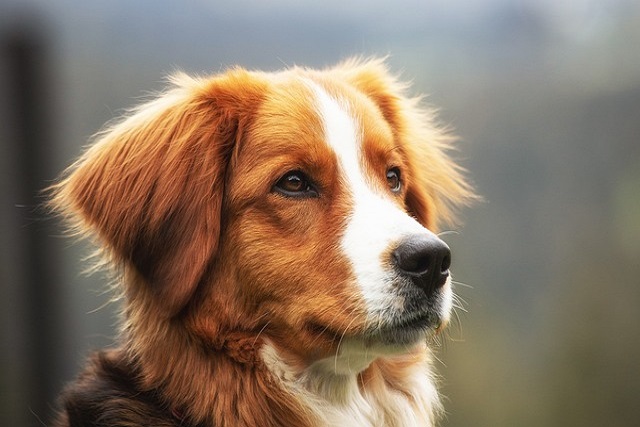
Watching the dog constantly make bowel movements in the corner, with its face blushing but unable to expel feces, its uncomfortable appearance is heart wrenching.
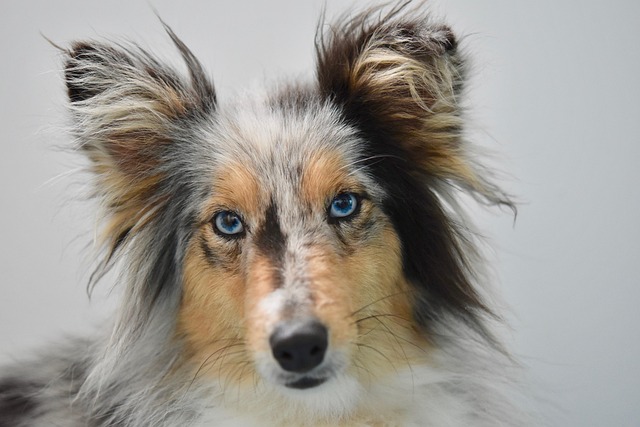
Watching the dog suffering and restless due to constipation, frequently making the defecation posture but having difficulty in defecating,

When seeing our own dog shaking its head frequently, scratching its ears with its hind legs, and even making the fur around its ears all messy, every owner's heart will ache. Those once lively ears have now become the "culprit" that torments it.

When night falls on the earth, human vision is gradually blurred by darkness, but our loyal canine companions are still active. What does the world look like to dogs on those moonlit or starlit nights?
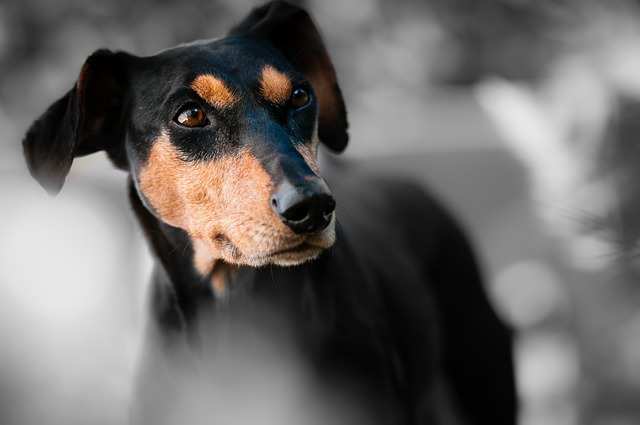
In the human sensory world, vision dominates. We use our eyes to capture the colorful world and use light and shadow to outline the contours of everything.